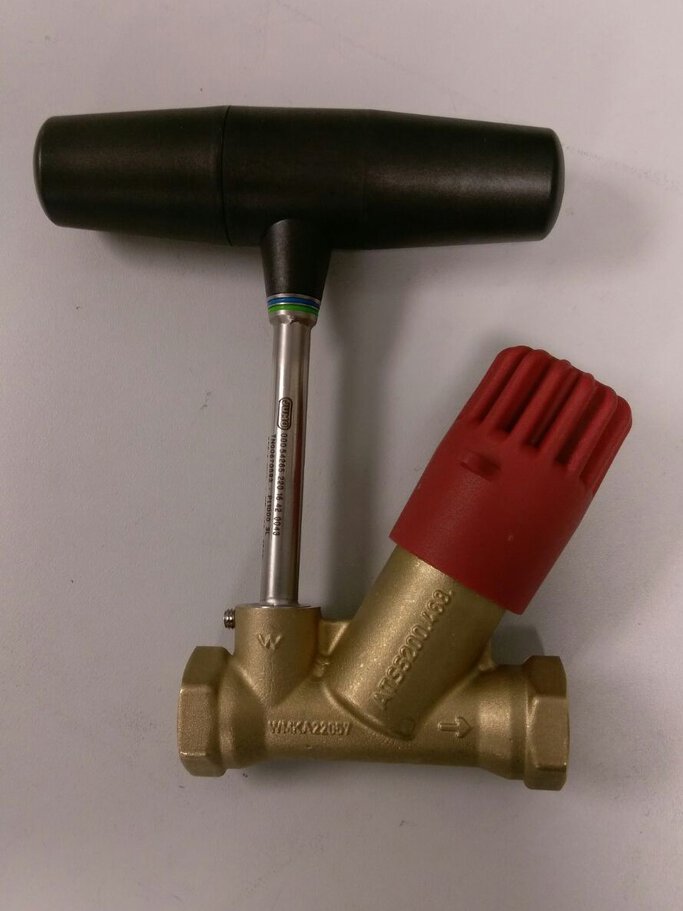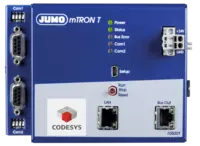

Wireless battle against legionella
In the Netherlands, approximately 300 to 400 people gets infected with Legionnaires' disease (Legionellosis) every year. This infection is caused by the legionella bacteria and can cause an acute infection of the airways. People can become very ill from it and in most cases hospitalization is necessary. In the Netherlands, approximately 2-10% of patients die from this infection, and the risk of death is particularly high for older people.
Task
Contamination occurs mainly via the water fog. There are few Legionella bacteria in the water itself, but they can grow very quickly, especially if the water is standing still and is between 25 and 45 degrees warm. If the temperature is below 50 degrees for a prolonged period, there can be a risk of Legionella. Infection occurs by breathing in aerosols, very small drops of water, when showering for example.
Anyone can get Legionnaires' disease, but in practice it is rare for people under 40 years of age. People over 60 years of age, people in poor health, smokers or those whose immune system is impaired by medication have an increased risk of infection.
Hospitals, nursing homes and residential care centres are high-risk locations and for these companies and institutions, strict rules apply for legionella prevention. Besides risk analyses, taking measures, water checks and a logbook, extra requirements are set for the installation, maintenance and management of the tap water system.

The indicating thermometers have been replaced by the JUMO Wtrans wireless temperature meter

Legionellas under the microscope
Approach
Installation company JC Kersbergen has installed a legionella detection and monitoring system for residential care centre Het Kampje in Loenen aan de Vecht. The residents of "Het Kampje" are senior citizens with a need for care and therefore extra caution is required when it comes to legionella. During the renovation of the building, JC Kersbergen installed control valves in each room. The disadvantage of control valves with a pointer thermometer is that they cannot be read into the building management system. JUMO's mTRON T system was used for quicker and easier monitoring and control. A total of 43 Wtrans transmitters (a wireless temperature meter) and 3 Wtrans receivers were used to provide remote temperature monitoring. JUMO adapted the protection tube of the transmitters so that they fit perfectly into the control valves.
The data from the Wtrans receivers enter the mTRON T system where the values can be read out on the CPU. These are also accessible via the webserver on both computer, tablet and phone. A floor plan of the residential care home is present in the system and a report immediately indicates the room in question.
Project outcome
The use of the mTRON T system makes manual monitoring of temperatures per room unnecessary. The building manager can now monitor the data quickly and remotely, without the need for cabling between the sensors and the receivers. In the CPU, the building manager can monitor where the temperature is below 60 degrees. From the receiver, he receives a relay notification when the temperature is below 55 degrees. In this way, risk temperatures can be identified more quickly and immediate action can be taken with regard to legionella prevention.
- ${title}${badge}




